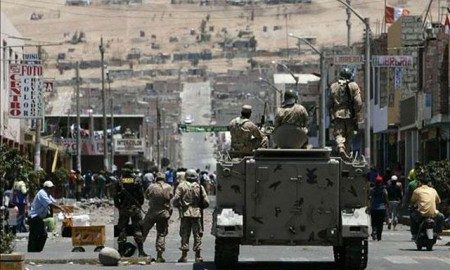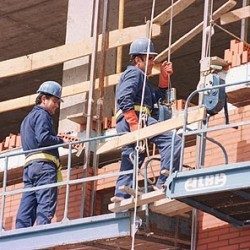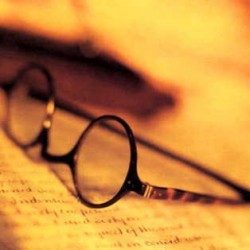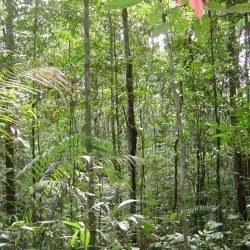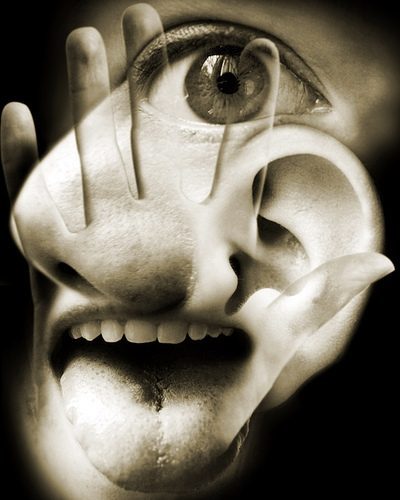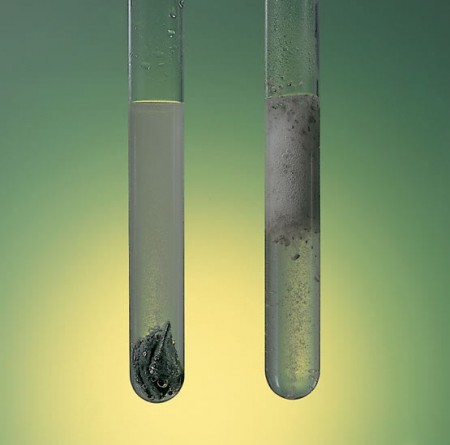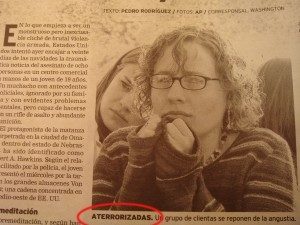 The Cartilage It is a tissue present in living beings of the animal kingdom whose function is to support some structures and organs, hence it is considered as a connective tissue.
The Cartilage It is a tissue present in living beings of the animal kingdom whose function is to support some structures and organs, hence it is considered as a connective tissue.
Cartilage is a semi-rigid tissue, its firmness allows it to resist mechanical stress but with greater flexibility than bone, which is a rigid and harder tissue. These conditions are necessary in structures such as the ears where the pinna and external auditory canal are formed by cartilage, the same happens with the nasal septum and the wings of the nose, the trachea and the bronchi, all these structures although they have certain degree of rigidity that makes it keep its shape, they also have the ability to be moved by the action of the muscles that surround them, in the case of the airway this movement allows the bronchi to dilate or contract them.
Another structure where cartilage has a fundamental role is in the joints, there exists a special type of cartilage that is articular cartilage, this covers the surface of the bones so that during movements they move smoothly without friction or friction, absorbing also forces such as impact.
The properties of cartilage are explained by its architecture at the microscopic level, this tissue is formed by a group of cells, known as chondrocytes, which are surrounded by a matrix rich in collagen, where there are two substances that have the property of providing to this tissue its great resistance to compression, they are chondroitin sulfate and hyaluronic acid. These molecules have negative charges that make them constantly repel each other while attracting and holding a large amount of water, this gives it a resistance that prevents the cartilage from being compressed, with aging and repetitive microtrauma decreases the amount of these molecules and the cartilage becomes less resistant, thus giving rise to the main degenerative disease of the musculoskeletal system which is Osteoarthritis.
Cartilage also has an important function and that is that it allows the growth of long bones, as is the case of the bones of the arms and legs, in childhood the union of the ends with the middle part of the bone is formed by the so-called growth plate that remains active until the end of adolescence when it ossifies and the increase in height stops, with which young people stop growing.

